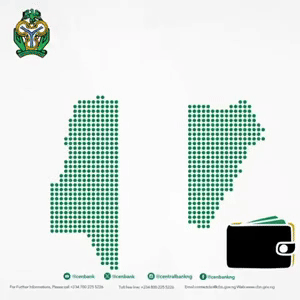The World Bank has expressed concerns over volume of Nigeria’s social benefits that get to the poor within the population, putting the figure at 44 per cent.
In its latest report titled: “The State of Social Safety Nets in Nigeria”, the multilateral institution, said that despite more than half of the beneficiaries being poor, the majority of the country’s poor population remains unreached.
It disclosed that 56 per cent of beneficiaries of government safety net programmes are poor, yet only 44 per cent of the total benefits actually reach poor households.
According to the World Bank, this disparity highlights a significant inequality in benefit distribution, suggesting that Nigeria’s current safety net architecture—though expansive in design—fails to adequately target and sustain its most vulnerable populations.
“While 56 per cent of the beneficiaries are poor, only 44 per cent of the total safety net benefits go to the poor. For each program category … the share of benefits going to the poor is lower than the share of beneficiaries that are poor,” the World Bank stated.
The World Bank explained that this inefficiency stems largely from the structure of benefit allocation, which, in most cases, is determined at the household level rather than on an individual basis.
According to the report, “This inefficiency arises because benefit levels for most programs, including the NASSP cash transfer program, are determined at the household level, but poor people tend to live in larger households. That is, even for well-targeted programs, the same benefit amount is divided over a larger number of people living in poorer households”.
The World Bank pointed to the National Home-Grown School Feeding Programme (NHGSFP) as an example of an initiative that targets individuals directly and could mitigate such inefficiencies. However, it noted that the NHGSFP’s limited scope—targeting only children in grades one to three—restricts its impact.
“Programs such as the NHGSFP, which target individuals and not households, should be less affected by these issues. But NHGSFP only benefits children in grades one to three, and does not yet have full coverage, which limits the number of children per household that can benefit from the program,” the World Bank stated.
The World Bank Group President, Ajay Banga had at 2025 IMF/World Bank Annual Meetings plenary in Washington DC said that Nigeria’s population will increase by 130 million by the year 2050.
He said that by 2050, more than 85 per cent of the world’s population will live in countries we call “developing” today.
The current population of Nigeria is estimated at over 238.8 million , based on Worldometer’s elaboration of the latest United Nations data. By World Bank’s estimation, Nigeria’s population will hit 368.8 million in the next 25 years, which will be year 2050.


